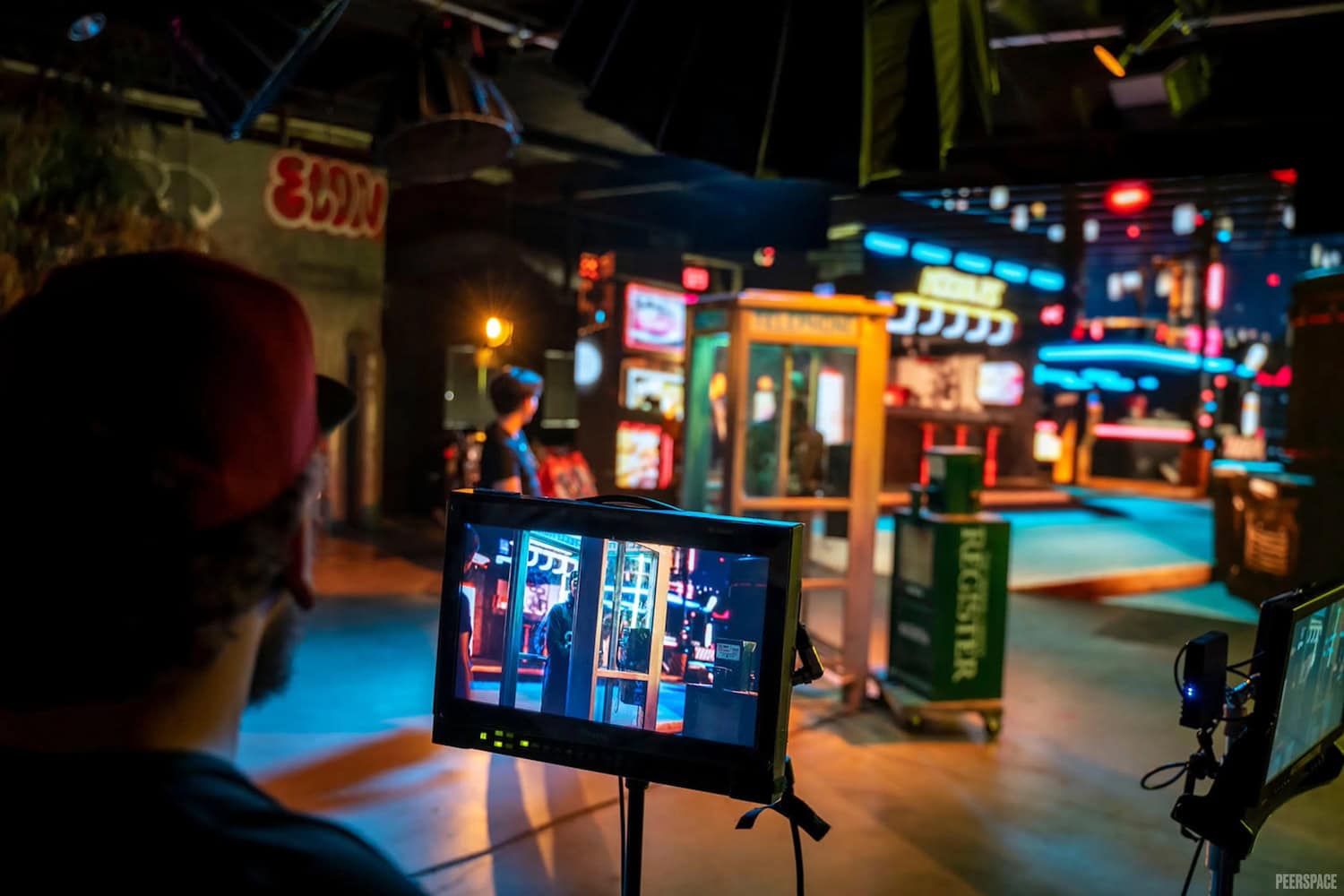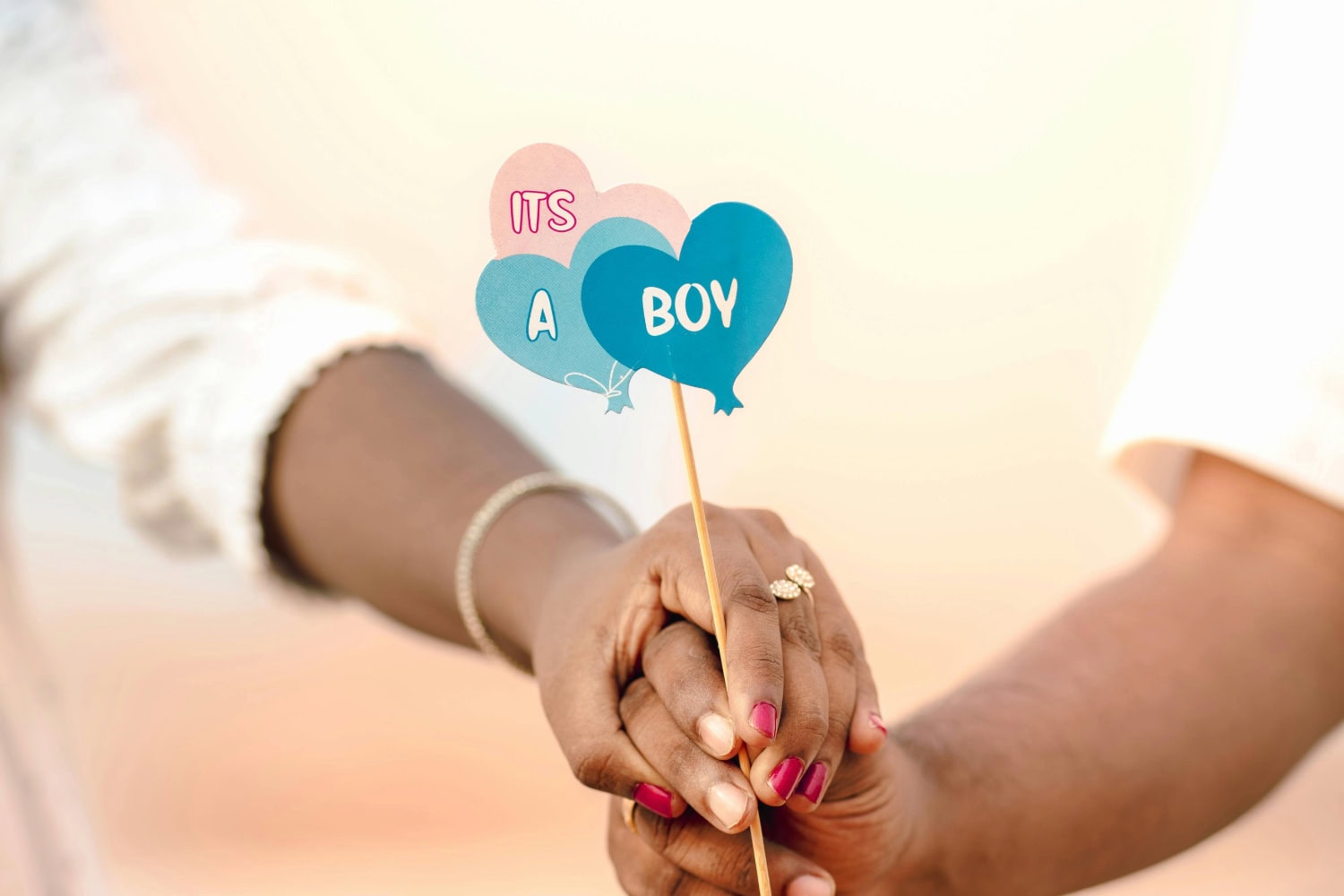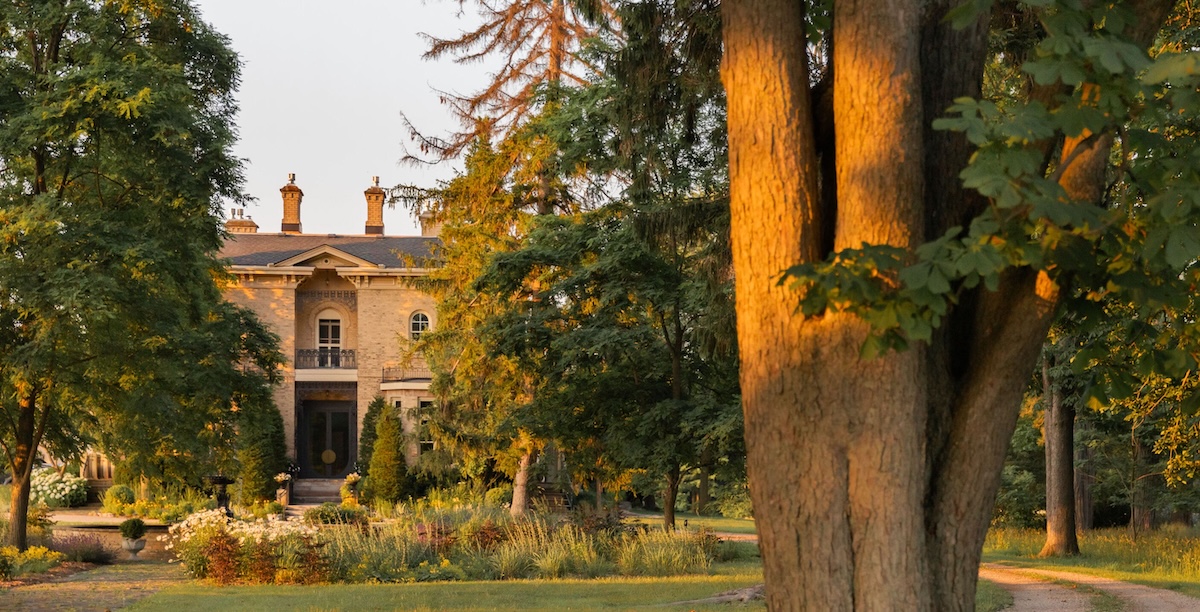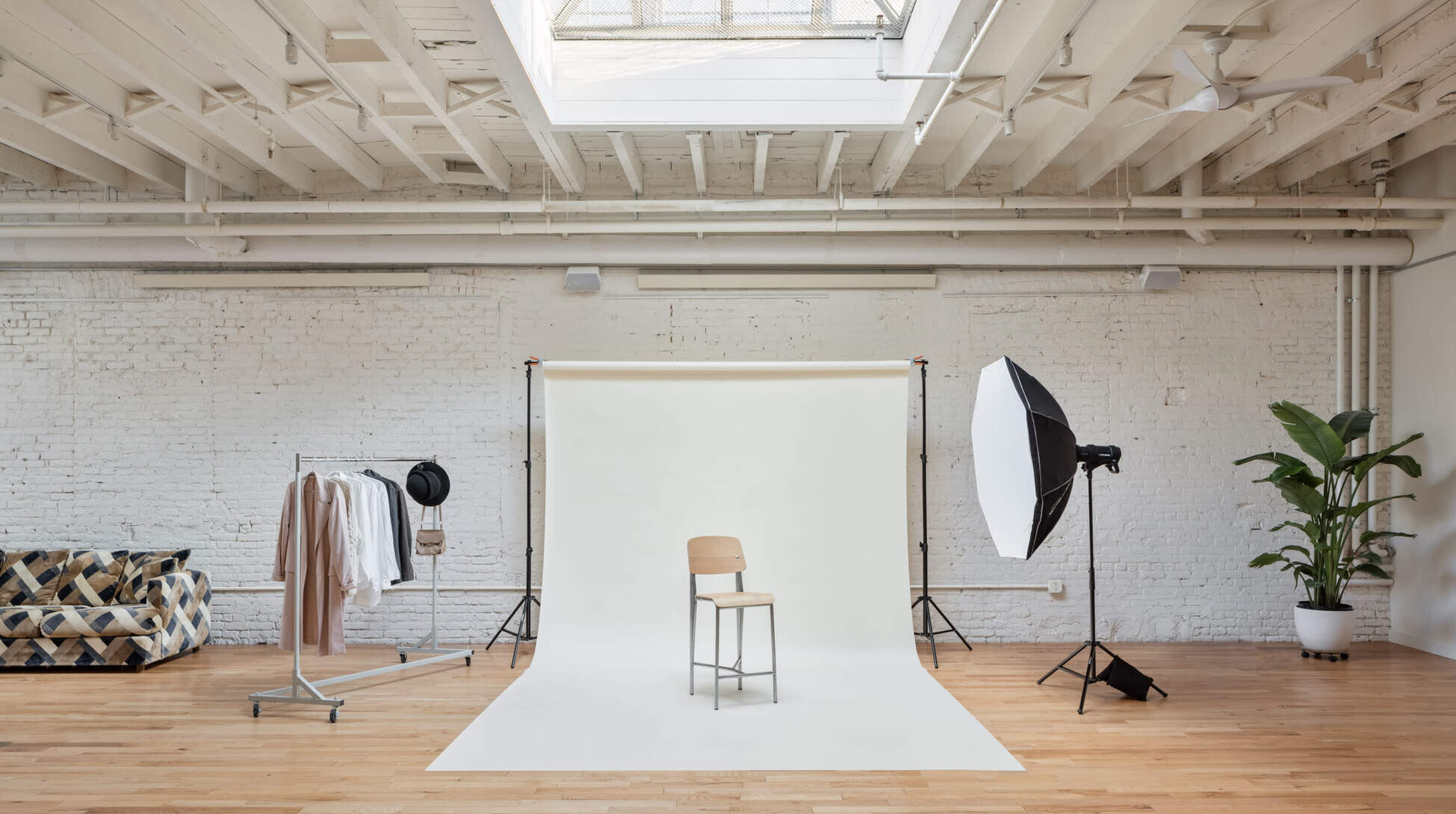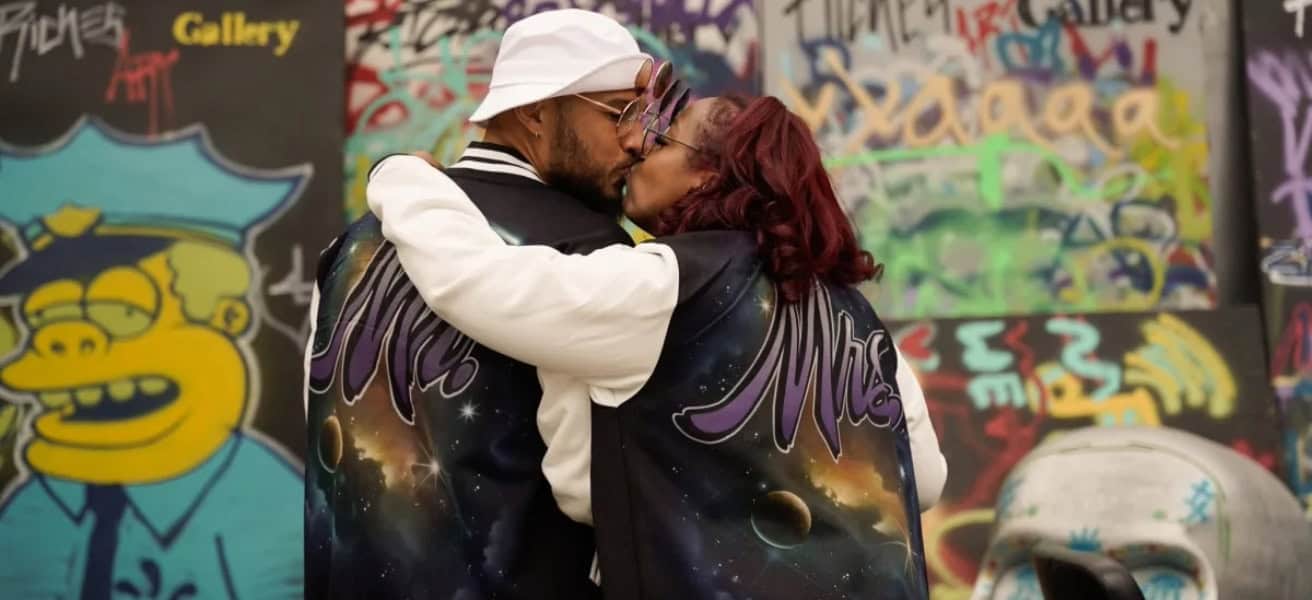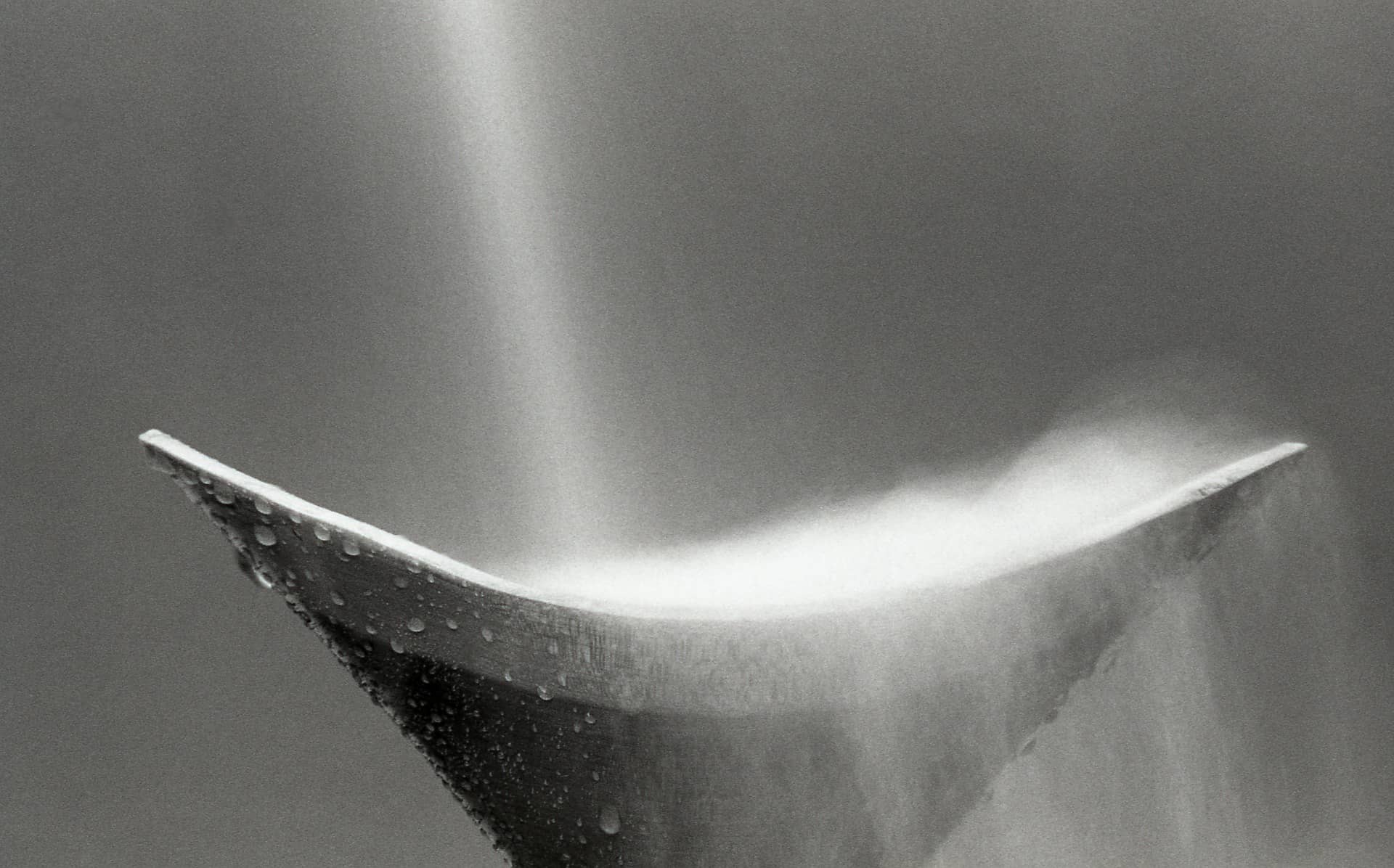
Source: Pixabay
Film grain is a visual phenomenon that occurs in both film and photography. It refers to small flecks or “grains” in an image that are a product of analog methods of capturing still and moving images. They were traditionally small pieces of silver halide (the photosensitive substance required for chemical film) that would arise randomly across images and were eventually minimized as the medium became more advanced and modern. It’s a kind of “random noise” that appears (or, these days, is often intentionally added to images) and lends variation and texture. The degree of film grain is known as “granularity.”
Causes of film grain
There are a number of reasons that film grain can arise naturally in analog film and photography, all of which are impossible to control completely—but you can definitely exert quite a bit of influence over these factors to have more say over the final product.
First, exposure is a major factor in film’s graininess. Film that is over- or under-exposed is almost always more grainy. Underexposed images (those with too little light) tend to be the most grainy, but overexposed images (those with too much light) can also contain more grain.
Second, the ISO setting (otherwise described as the “film speed”) makes a significant difference in the overall graininess of the final image. It has to do with the sensitivity to light of the film stock itself, which can be measured as a number. Higher ISO or “faster” film has more light sensitivity and results in larger, more visible grain in the images. Lower ISO film is less sensitive to light and the images it creates are much less grainy.
Third, when working with old-fashioned film, the amount of time that you leave your film in the developing solution affects the grain of the photos it produces. Leaving the film in developing solution for longer is known as “pushing the exposure” and it makes the image grainier than normal.
Adding film grain to digital images
As film and photography have become increasingly technologically advanced and the images they create have become cleaner and higher quality, some people have become nostalgic for the warmth and character of film grain. It can lend a feeling of old-fashioned authenticity that clean, modern footage can’t always match on its own.
For this reason, some filmmakers and photographers might actually add film grain to digital images. It helps to alter the mood of the film, and if you’re filming something set in the past (e.g., at some point in the mid-to-late 1900s), it can make it feel more believable because viewers typically have unconscious associations between the look of film grain and earlier eras.
There are a number of ways that you can add film grain to digital images after the fact: using post-production software like Adobe Premiere or Adobe After Effects, adding noise filters using photo-editing software like Adobe Photoshop, or via film grain overlays that come along with cinema editing software.
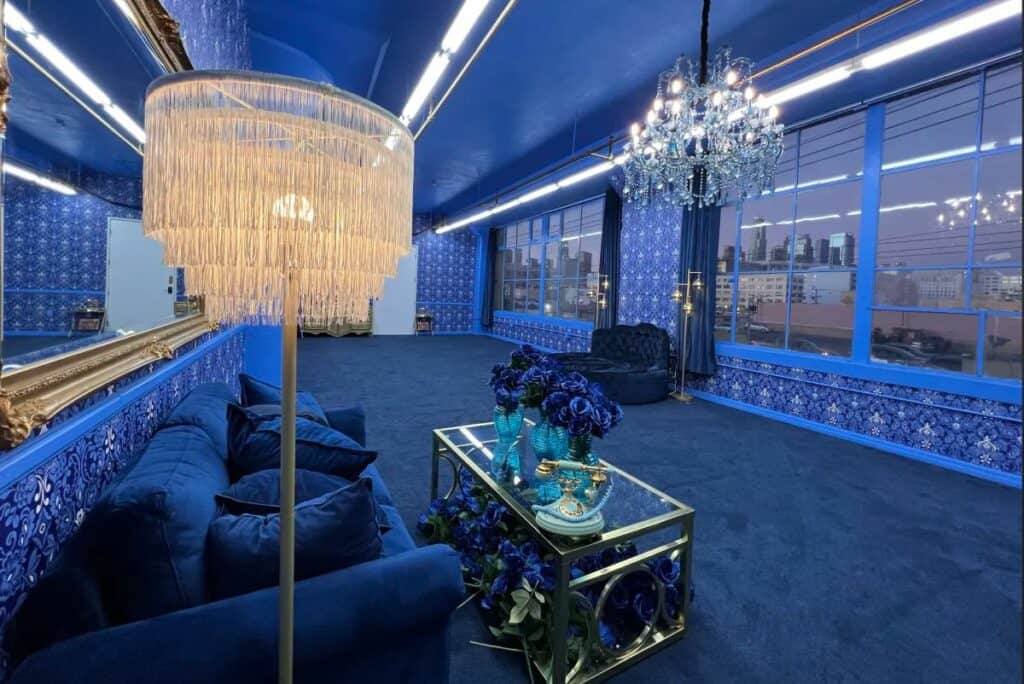
Peerspace can help you find filming and photography locations
If you’re a filmmaker or photographer, finding the right location for your next film shoot or photoshoot is a crucial step in the creative process. Luckily, there’s a resource that makes that search a total breeze: Peerspace!
Peerspace is the largest marketplace on the web for hourly rentals of all sorts of unique and exciting spaces. Browsing Peerspace, you’ll find gorgeous and luxurious homes, massive industrial lofts, photo studios, film sets, multi-use creative spaces, and so much more. The site has a selection numbering in the tens of thousands throughout hundreds of cities in North America and the United Kingdom, across a range of budgets and aesthetics—so there’s a Peerspace for just about everyone.
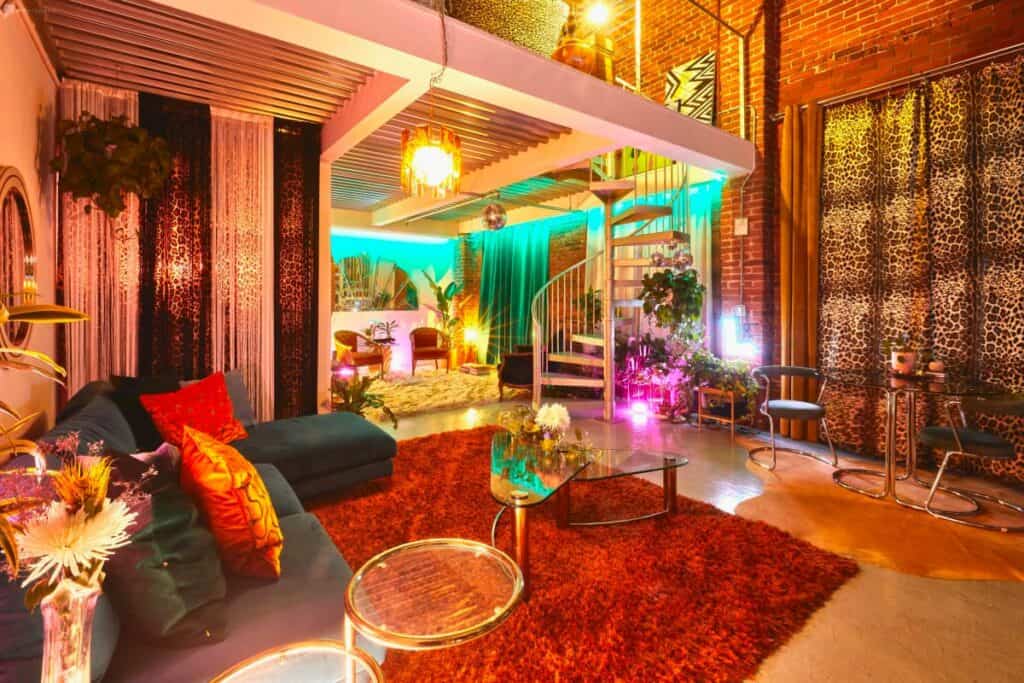
Feeling intimidated by this incredible selection? No need! Peerspace’s search tool is extremely easy to use, so it makes browsing through its vast array of listings to find the one that’s a good fit for your creative needs a total breeze.
To get started, you just enter what you’re planning to do (“film shoot” or “photoshoot,” in this case) along with the place where you’re hoping to hold your next creative event. Once you’ve done that, quite a few listings will almost certainly pop up, far too many to investigate each one individually. But you can narrow them down according to a huge number of criteria:
- Keywords you’d like to find in the listing descriptions
- Included outdoor spaces (e.g., backyards, patios, pools, etc.) and interior spaces (e.g., bathrooms, kitchens, etc.)
- Availability of production equipment like cycloramas, green screens, seamless backdrops, and more
- Overall style/aesthetic, from mid-century to rustic to industrial
- Space type (whether you’re looking for a mansion, a warehouse, an apartment, etc.)
- Additional amenities like fireplaces, bathtubs, pianos, and libraries
Examples of Peerspace film and photography locations
To help you get acquainted with the kinds of spaces you can find for film and photography on Peerspace, here are several great examples:
- Vintage loft with natural light in Chicago, Illinois: This space is a photo and video production studio that’s versatile and easy to customize for your needs—it comes with nine solid color backdrops and has large industrial windows that let in plenty of gorgeous natural light.
- BIOPHILIA urban jungle space in Phoenix, Arizona: If you’re looking for plants, plants, and more plants (while still remaining indoors), this is the place to be!
- The Boudoir Room in Chicago, Illinois: If you’re hoping to do a boudoir shoot or any other more intimate photoshoot, you’ll love this space and its assortment of amenities as well as its fantastic warm light. As the hosts describe it: “The space has been divided into two primary themes: one white for sun-filled daylight images, and one dark for drama. The result is a room that our visitors have called ‘infinitely photographable’ with ‘cinematic moments in every direction.’”
- Two-story clock tower and natural light studio in Houston, Texas: This utterly unique location is a great example of the kind of special, distinctive spaces you can find on Peerspace.
Find unique photoshoot locations on Peerspace
Get together somewhere better
Book thousands of unique spaces directly from local hosts.
Explore SpacesShare your space and start earning
Join thousands of hosts renting their space for meetings, events, and photo shoots.
List Your Space

